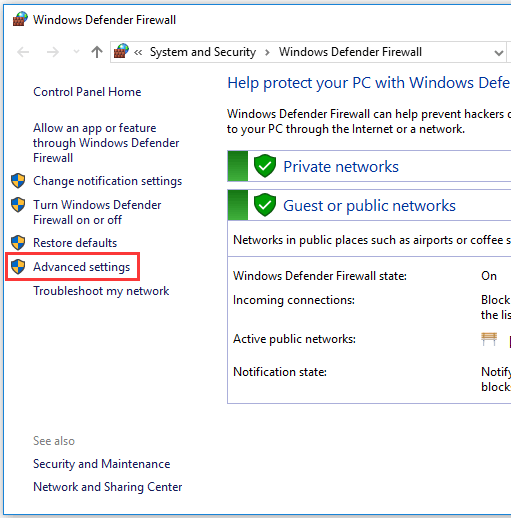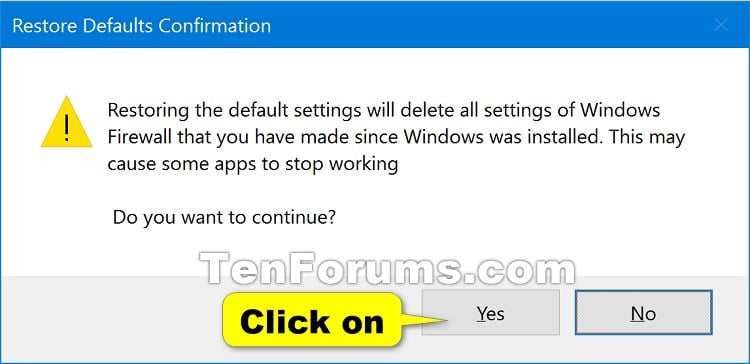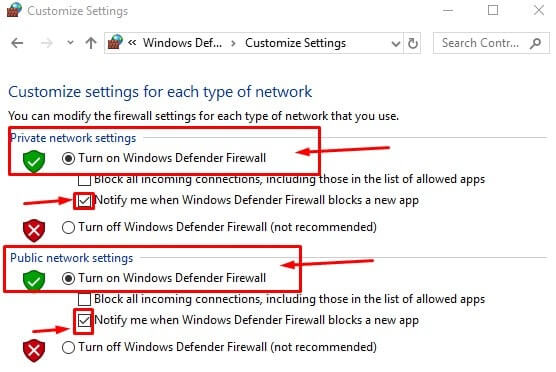
 Then select “Firewall & network protection.”. Select “Update & Security” and then “Windows Security,” followed by “Open Windows Security.”. Click on the Windows key on your keyboard and then select Settings (gear icon). If you’re a Windows 10 user, apart from accessing Control Panel to turn off the firewall, there is another way to go about it. Now it’s called Windows Defender Antivirus, and it provides comprehensive protection from viruses, malware, and spyware that can come from apps and the web. When Microsoft launched Windows 10, they’ve rebranded their well-known firewall known as Windows Defender. How to Turn Off Windows Firewall and Antivirus? If you have a significant number of computers in the system, then enter this command: It’s important to point out that this command will only work if you’re dealing with a few computers. “Enter-PsSession -ComputerName desktop1 Set-NetFirewallProfile -All -Enabled False” Search for “Windows PowerShell” in your search box and lunch the app.
Then select “Firewall & network protection.”. Select “Update & Security” and then “Windows Security,” followed by “Open Windows Security.”. Click on the Windows key on your keyboard and then select Settings (gear icon). If you’re a Windows 10 user, apart from accessing Control Panel to turn off the firewall, there is another way to go about it. Now it’s called Windows Defender Antivirus, and it provides comprehensive protection from viruses, malware, and spyware that can come from apps and the web. When Microsoft launched Windows 10, they’ve rebranded their well-known firewall known as Windows Defender. How to Turn Off Windows Firewall and Antivirus? If you have a significant number of computers in the system, then enter this command: It’s important to point out that this command will only work if you’re dealing with a few computers. “Enter-PsSession -ComputerName desktop1 Set-NetFirewallProfile -All -Enabled False” Search for “Windows PowerShell” in your search box and lunch the app. 
In a network environment, you can turn the firewall off remotely by using the PowerShell task automation framework created by Microsoft. Doing so manually may take up too much time and would ultimately be inefficient. There are times when you have to disable the Windows Firewall on more than one computer. How to Turn Off Windows Firewall Remotely?

Under “Security Messages,” uncheck “Network firewall” and “Virus protection.”įinally, just hit “OK,” and you won’t get any notifications from the Windows Firewall system. Now, select “Change Security and Maintenance settings” on the left side of the window. Then, select “Security and Maintenance.”. Go to Windows Control Panel and then select “System and Security.”.







 0 kommentar(er)
0 kommentar(er)
